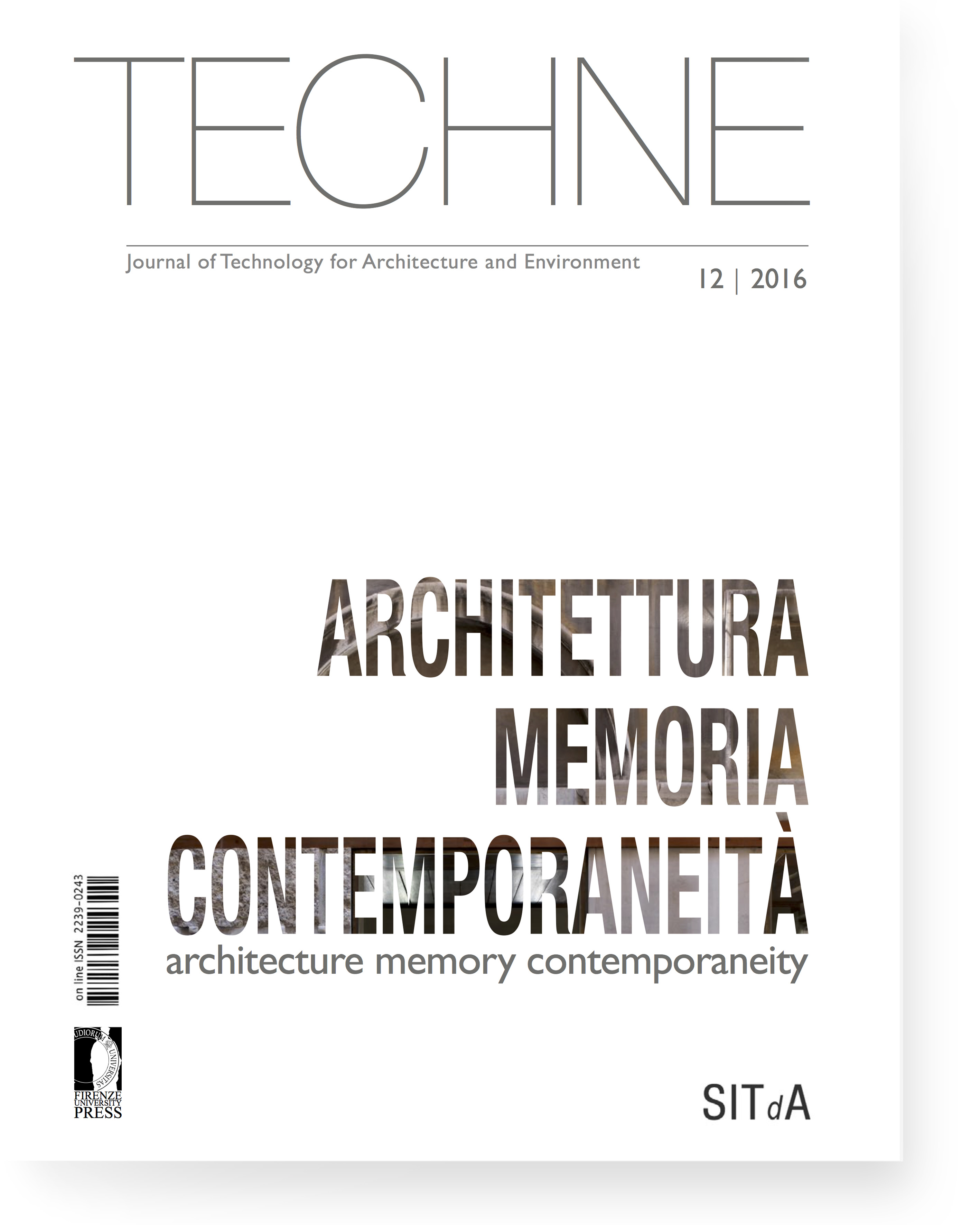Published 2016-11-28
Keywords
- Moisture,
- mold,
- conservation,
- integrated management scheme
How to Cite
Abstract
The quality of the interior spaces is strongly related to the hygro-thermal conditions which affect the users’ comfort, and may yield to preservation risk for the built heritage. Moreover, careless management of exposition spaces with excessive occupancy may result in moisture loads that promote degradation. In this paper, as a case study, an exposition hall representative of the built heritage is considered. The microbiological growth risk is investigated at two different climate conditions, namely Milan and Barcelona, considering varying ventilation rates and number of visitors. The results outline the need of policies informed by advanced analyses to prevent hygro-thermal risk in the absence of dedicated building services, that cannot always be integrated in built heritage.






